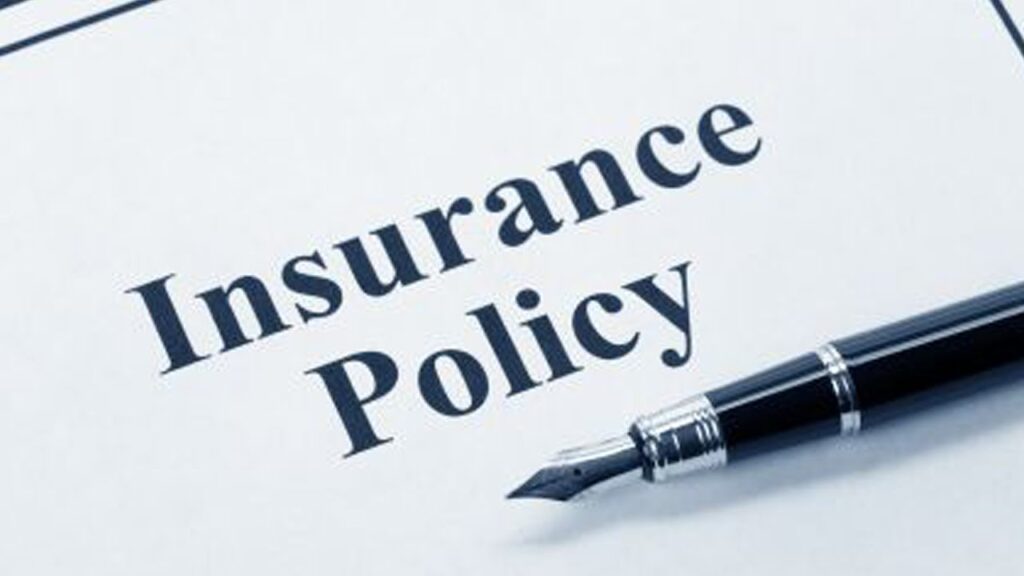Insurance plays a vital role in protecting individuals, families, and businesses from financial loss. Whether it’s health, auto, home, or business insurance, policyholders rely on insurers to provide financial security in the event of unforeseen circumstances.
However, when claims are made, insurers must ensure the legitimacy of these claims to prevent fraud, minimize losses, and maintain fairness for all policyholders. This is where insurance claim investigations come into play.
We explore the world of investigations, including their purpose, process, types, challenges, and best practices. Understanding how these investigations work can help both insurers and policyholders navigate claims efficiently and ethically.
What Are Insurance Claim Investigations?
Insurance claims are systematic processes conducted by insurers to verify the accuracy, validity, and legitimacy of claims submitted by policyholders. The investigation aims to confirm that the claim aligns with the terms and conditions of the policy and to detect potential fraud or misrepresentation.
The primary goals of insurance claims are:
Fraud Detection: Identifying false or exaggerated claims that could lead to financial loss.
Risk Management: Ensuring that claims are legitimate helps insurers maintain financial stability and set accurate premiums.
Fair Compensation: Guaranteeing that policyholders receive rightful compensation without overpayment or underpayment.
Investigations are a standard part of the claims process, particularly for high-value or suspicious claims, and involve collaboration between adjusters, investigators, and sometimes law enforcement or legal experts.
Types of Insurance Claim Investigations
Insurance claim investigations can vary depending on the type of insurance and the nature of the claim. Below are some common types:
1. Auto Insurance Investigations
Auto insurance claims often involve accidents, theft, or vehicle damage. Investigations may include reviewing accident reports, inspecting damaged vehicles, interviewing witnesses, analyzing traffic camera footage, and consulting repair experts. Fraud detection is crucial, as staged accidents or exaggerated damages are common.
2. Health Insurance Investigations
Health insurance investigations aim to verify medical claims, including hospital bills, treatment reports, and prescriptions. Investigators may contact healthcare providers, review medical records, and assess whether the claimed treatment aligns with the policy’s coverage. These investigations are critical in identifying fraudulent billing or unnecessary procedures.
3. Property and Home Insurance Investigations
Home or property insurance claims involve damages from fire, theft, natural disasters, or vandalism. Investigators examine the scene, consult with contractors, assess repair costs, and verify ownership and property value. They also check for pre-existing damages that may affect claim validity.
4. Life Insurance Investigations
Life insurance investigations are often triggered when there are suspicious circumstances surrounding a policyholder’s death. Investigators may review autopsy reports, medical history, and financial records to determine if the claim is legitimate or if foul play or misrepresentation occurred.
5. Workers’ Compensation Investigations
Workers’ compensation claims involve injuries sustained on the job. Investigators review workplace reports, medical evaluations, and witness statements to confirm the authenticity of the claim. Fraudulent claims can include exaggerating injuries, misreporting incidents, or claiming injuries unrelated to work.
The Insurance Claim Investigation Process
While the process may differ based on the claim type and insurer, most investigations follow a structured approach:
1. Initial Review
When a claim is filed, the insurer conducts an initial review to ensure that all required documentation is submitted. This may include policy details, accident reports, medical records, photographs, and witness statements.
2. Claim Assignment
A claims adjuster or investigator is assigned to the case. They act as the primary point of contact and are responsible for conducting a thorough investigation to validate the claim.
3. Fact-Finding
Investigators gather information related to the claim. This step may involve:
- Interviewing the policyholder and witnesses
- Inspecting property, vehicles, or accident sites
- Reviewing financial, medical, or employment records
- Consulting with experts, such as medical professionals or engineers
4. Analysis
Once all data is collected, investigators analyze the information to identify inconsistencies, discrepancies, or signs of fraud. They compare the claim details with the policy coverage to determine if the claim is legitimate.
5. Reporting
Investigators compile a detailed report summarizing their findings. The report includes supporting evidence, conclusions, and recommendations regarding claim approval, denial, or further action.
6. Resolution
Based on the investigation, the insurer makes a decision:
Approval: The claim is valid, and the policyholder receives compensation.
Partial Payment: Some aspects of the claim are covered, while others are not.
Denial: The claim is rejected due to ineligibility or fraud.
In some cases, insurers may involve legal authorities if fraudulent activity is detected.
Common Challenges in Insurance Claim Investigations
Insurance claims can be complex and present several challenges:
Fraudulent Claims
Fraud is a major challenge, with individuals sometimes exaggerating damages, staging accidents, or providing false medical documentation. Detecting subtle fraud requires skilled investigators and advanced tools.
Incomplete or Inaccurate Documentation
Policyholders may submit incomplete or inaccurate documentation, delaying the investigation and complicating fact-finding.
Disputes and Litigation
Disagreements between policyholders and insurers can escalate into legal disputes, requiring careful documentation and adherence to regulatory guidelines.
Privacy and Legal Concerns
Investigators must comply with privacy laws and regulations when accessing personal information, medical records, or financial data. Failure to do so can result in legal repercussions.
High-Value or Complex Claims
Claims involving large sums or intricate circumstances, such as corporate insurance or catastrophic events, require extensive investigation and expert consultation, increasing the complexity and time required.
Best Practices for Successful Investigations
To ensure effective and efficient investigations, insurers and investigators should adhere to best practices:
Thorough Documentation
Maintain accurate records of all communications, evidence, and investigative steps. Documentation supports decisions and provides legal protection.
Professional Expertise
Engage qualified professionals, such as claims adjusters, forensic experts, and medical specialists, to provide accurate analysis and evaluation.
Technology Utilization
Leverage technology like data analytics, AI fraud detection, and digital forensics to identify patterns and anomalies in claims efficiently.
Clear Communication
Maintain transparency and consistent communication with policyholders to avoid misunderstandings and disputes.
Ethical Standards
Conduct investigations ethically, avoiding intrusive methods or bias. Respect privacy and follow regulatory compliance.
Continuous Training
Provide ongoing training for investigators to stay updated on emerging fraud schemes, industry standards, and investigative techniques.
Conclusion
Insurance claim investigations are a critical component of the insurance industry, balancing the need to protect policyholders and prevent fraud. By understanding the investigation process, types of claims, challenges, and best practices, both insurers and policyholders can navigate claims more effectively.
For insurers, thorough and ethical investigations ensure financial stability, regulatory compliance, and fair compensation. For policyholders, understanding how investigations work can help them prepare accurate documentation, respond appropriately, and avoid potential delays.



